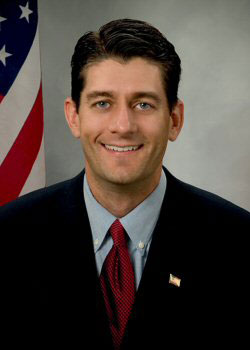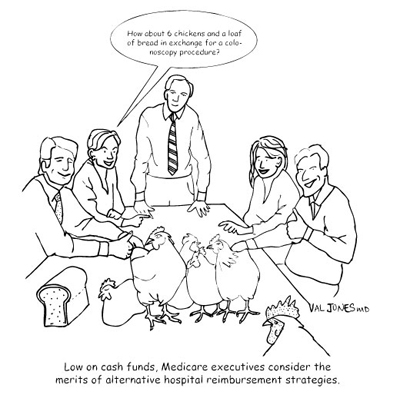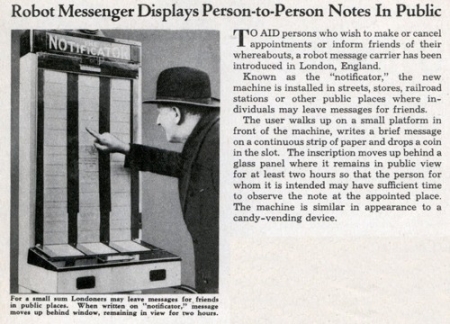July 10th, 2009 by Jonathan Foulds, Ph.D. in Uncategorized
1 Comment »

As many of you may know, the famous tobacco control scientist and advocate, Professor Stan Glantz, has over the past few years been focusing on the issue of depictions of smoking in movies. Part of the concern stems from good evidence that young people are highly influenced by movies due to their cultural value and glamorous nature.
The other part stems from a history of use of “product placement” in movies. This refers to the movie producers agreeing to include a specific product in their movie in return for some incentive (typically money). A famous example of this is a letter from Sylvester Stallone agreeing to smoke particular brands of cigarettes in his movies for $500,000. So when one combines the financial power of the tobacco industry with product placement we end up with a hell of a lot more gratuitous smoking in movies than is necessary.
Of course the movie companies and many movie enthusiasts argue about the need for art to imitate life etc., etc. However numerous examples demonstrate that to be a lot of nonsense. Professor Glantz points to depictions of Marlboro cigarettes being dragged around or used by aliens in movies like Men In Black. Is it really true that those aliens prefer Marlboros and so showing the brand was necessary for the movie to be accurate? Mmm….I doubt it.
My favorite example comes from the film “A Beautiful Mind”. The movie stars Russell Crowe in the lead role portraying the (still living and working) Princeton University professor, John Nash. In real life, John Nash suffered from schizophrenia but did not smoke. In the movie he suffered from schizophrenia, but smoked. I’m not sure why the producers changed this aspect of reality or what it added to the movie.
But these are details. Professor Glantz’ main point is that movies made to be viewed by kids do not need to include smoking, and therefore should be given an R rating if they do, just as they are if they depict illicit drug use. Note that an R doesn’t stop people under 17 from seeing the movie in a movie theater. It just means they need to be accompanied by an adult. It also doesn’t ban smoking from movies, it just means that movies with smoking in them will receive an R rating, just as sex, drugs, cursing and certain types of violence will get a movie an R rating. Of course the movie industry is very clear that a large part of its audience is kids and particularly teens. The net effect of the rating changes professor Glantz is recommending would be that gratuitous smoking will be taken out of many movies and particularly those aimed at kids.
I must admit that I didn’t initially pay much attention to this proposal, and my natural inclination was to doubt whether it really was worth the effort. But while I was at the UK National Smoking Cessation Conference in London last week I heard Professor Glantz talk about this idea and I came around to thinking its maybe not as extreme as I first thought. In fact he convinced me that it’s a reasonably sensible idea that would likely result in thousands fewer teens taking up smoking. Sometime soon the full audio recording of Professor Glantz’ presentation will be posted on the conference website along with his slides. I’ll post the link when its available, but for now those interested in this subject may want to check out the following website:
http://smokefreemovies.ucsf.edu/
This post, Should Movies With Smoking In Them Receive An R-Rating?, was originally published on
Healthine.com by Jonathan Foulds, Ph.D..
July 9th, 2009 by DrRob in Better Health Network, True Stories
No Comments »


My worst night as a doctor was during my residency. I was working the pediatric ICU and admitted a young teenager who had tried to kill herself. Well, she didn’t really try to kill herself; she took a handful of Tylenol (acetaminophen) because some other girls had teased her.
On that night I watched as she went from a frightened girl who carried on a conversation, through agitation and into coma, and finally to death by morning. We did everything we could to keep her alive, but without a liver there is no chance of survival.
Over ten years later, I was called to the emergency room for a girl who was nauseated and a little confused, with elevated liver tests. I told the ER doctor to check an acetaminophen level and, sadly, it was elevated. She too had taken a handful of acetaminophen at an earlier time. She too was lucid and scared at the start of the evening. The last I saw of her was on the next day before she was sent to a specialty hospital for a liver transplant. I got the call later that next day with the bad news: she died.
The saddest thing about both of these kids is that they both thought they were safe. The handful of pills was a gesture, not meant to harm themselves. They were like most people; they didn’t know that this medication that is ubiquitous and reportedly safe can be so deadly. But when they finally learned this, it was too late. They are both dead. Suicides? Technically, but not in reality.
For these children the problem was that symptoms of toxicity may not show up until it is too late. People often get nausea and vomiting with acute overdose, but if the treatment isn’t initiated within 8-10 hours, the risk of going to liver failure is high. Once enough time passes, it is rare that the person can be cured without liver transplant.
Acetaminophen overdose is the #1 cause of liver failure in the US. According to a Reuters article, there are 1600 cases of liver failure from this drug per year (2007). This is a huge number. In comparison consider that the cholesterol drug Cerivastatin (Baycol) was withdrawn from the market when there were 31 deaths from rhabdomyalysis (severe muscle break-down, which is far more common than liver failure in these drugs). These happened mainly when the drug was used in combination with another cholesterol drug.
Should the drug be pulled from the market? No, it is safe when used properly. The toxic dose is generally 10 times the therapeutic dose. My complaint is not that they have dangerous drugs available; ALL drugs should be considered dangerous. Aspirin, decongestants, anti-inflammatories, and even antacids can be toxic if taken in high dose. The problems with acetaminophen stem from several factors:
- Most people don’t realize the danger.
- There has been very little public education and no significant warning labels on the packages.
- The drug is often hidden in combination with other drugs, including prescription narcotics and over-the-counter cold medications. This means that a person can take excess medication without knowing it.
I would advocate putting warning labels on medications containing this drug. I am sure this doesn’t thrill the drug manufacturers, but the goal is not to make them happy. I have thought this since that terrible night during residency. If there was such a warning, perhaps she wouldn’t have died.
It seems a bit silly that this action by the FDA is coming after their pulling of children’s cough/cold medications. Those drugs have very small numbers of true harmful overdoses. The reason they were pulled was probably more that they didn’t do anything over the fact that they were dangerous. Acetaminophen, on the other hand, can be deadly.
Just ask the parents of my two patients.


*This blog post was originally published at Musings of a Distractible Mind*
July 9th, 2009 by Dr. Val Jones in Announcements, Health Policy, Humor
9 Comments »
To join the event live, please contact john.briley@getbetterhealth.com Seating is limited…

Congressman Paul Ryan

Media Personality Rea Blakey
FOR IMMEDIATE RELEASE
Thursday, July 9, 2009 |
|
|
|
Health Care Reform: Putting Patients First
Elected Officials Join America’s Top Medical Bloggers to Discuss the Real,
Clinical Impact of Health Care Reform
WHAT: As the health care debate heats up on the Hill, join Representative Paul Ryan as he sits down with top medical bloggers from across the country to discuss health care reform and its impact on practicing clinicians. This keynote discussion will be followed by two panels of physician and nurse bloggers who will highlight the importance of putting patients first. Topics covered will include key barriers to health care quality, affordability, and access as well as the potential pitfalls of a new public plan and ways to fix the current system without investing billions in a new one.
| WHEN: |
|
Friday, July 17, 9:00 a.m. to 12:00 p.m. |
|
| WHERE: |
|
The National Press Club, Broadcast Operations Center 4th Floor, 529 14th St. NW, Washington, DC |
|
| WHO: |
|
Keynote: Representative Paul Ryan, (R-WI), House Budget Committee Ranking MemberModerator: Rea Blakey, Emmy award-winning health reporter and news anchor, previously with ABC, CNN, and now with Discovery Health
Host: Val Jones, M.D., CEO and Founder of Better Health
Policy Expert: Robert Goldberg, Ph.D., co-founder and vice president of the Center for Medicine in the Public Interest (CMPI)
Primary Care Panelists:
Kevin Pho, M.D., Internist and author of KevinMD
Rob Lamberts, M.D., Med/Peds specialist and author of Musings of a Distractible Mind
Alan Dappen, M.D., Family Physician and Better Health contributor
Valerie Tinley, N.P., Nurse Practitioner and Better Health contributor
Specialty Care Panelists:
Kim McAllister, R.N., Emergency Medicine nurse and author of Emergiblog
Westby Fisher, M.D., Cardiac Electrophysiologist and author of Dr.Wes
Rich Fogoros, M.D., Cardiologist and author of CovertRationingBlog
And Fixing American Healthcare
Jim Herndon, M.D., past president of the American Academy of Orthopaedic Surgeons and Better Health contributor |
####
For more information on Better Health, visit https://www.getbetterhealth.com.


















